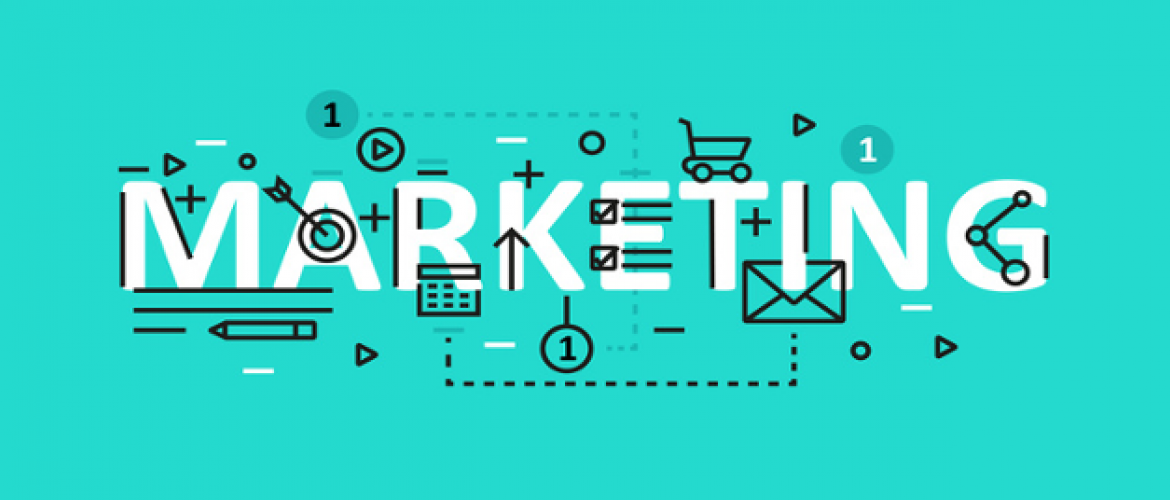Why You Need The Help Of Marketing Strategy Technology
Because technology is the answer to coping with the future. Following the current trajectory of the world’s events, I think it’s safe to say that technology is at the forefront of managing the ‘new normal’. Today, there is mounting pressure on businesses to adapt quickly in order to stay ...
How to Grow Your B2B with Email Marketing
With an average of $44 ROI on email marketing there is no denying it’s benefits to expanding your business. However, capturing those clients and ensuring they are making the click to consume can be hard. Let’s have a look at how you can convert your database and maximise your efforts. Welcome ...
4 Useful Strategies To Nurture Leads
Source: Marketing Eye Australia Are you having trouble converting your leads? It might be because you don’t have a lead nurturing process in place. Establishing strong lead nurturing tactics is crucial to growing your business. Without these processes, there is nothing to impact or influence ...
5 Reasons Why Webinars Are Great for Your Business
In an era, post-COVID-19 the internet is taking over. Now a necessity to humans, companies are looking for newer ways to establish a long-lasting connection with their consumers over the internet. Webinars are taking the business world by storm. A way to connect with your consumers, ...
How To Use Live Broadcasts For Your Company
Source: Marketing Eye Australia Implementing a live video experience for your brand is an incredible opportunity to bring your audience together. Whether you are filming product demonstrations or a roundtable interview, your audience can use your live broadcast as an opportunity to stay ...
How to Up Your Inside Sales Capabilities
Unlike traditional forms of sales, inside sales representatives are highly trained individuals who are required to identify, nurture, and convert leads into customers through remote systems. This virtual form of selling is made possible with the rapid evolution of technology and is becoming ...
5 Common Mistakes To Avoid When Building Your Influencer Strategy
While it is evident that Influencer Marketing can reap various benefits for a business, it is imperative to consider the potential mistakes brands make when utilizing this tool. Influencer marketing is not as simple as choosing a popular Instagram account and throwing money at them. If ...
What does marketing mean in 2020?
The marketing landscape is constantly evolving, meaning marketers must continually adapt to stay competitive. The past few years have shown just how quickly consumer behavior trends and advancements in technology can shift the way in which marketing teams must approach their campaigns. However, ...












